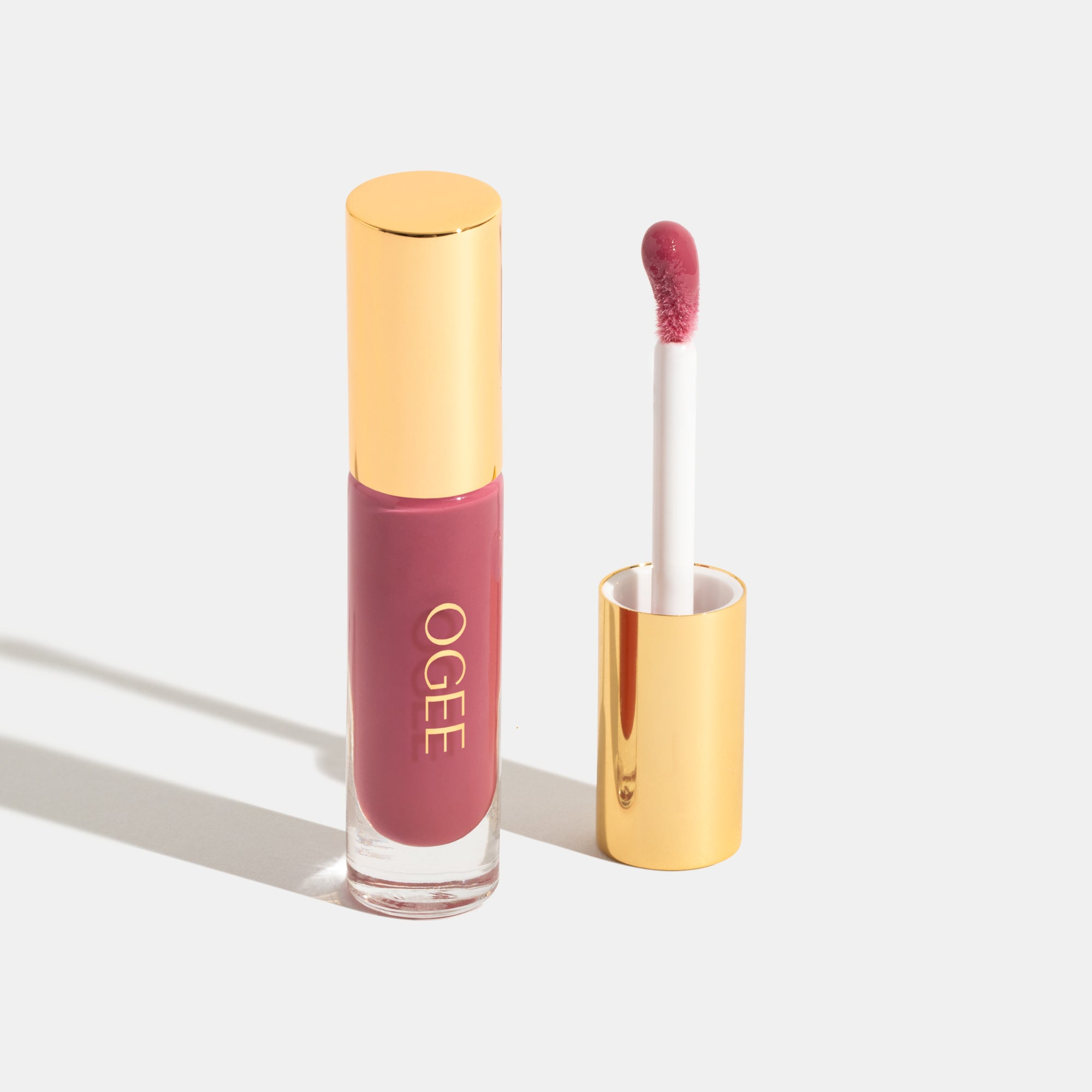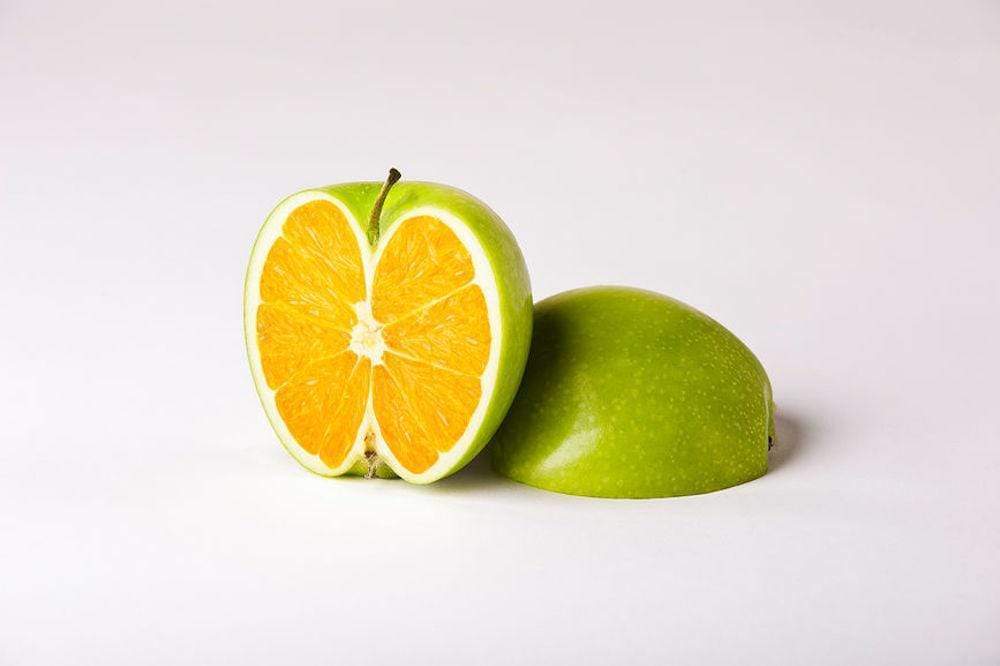Green vs Green Washing
Would you consider a corn chip to be a natural food substance? What about a cob of corn?
Well, you may be surprised to learn that a corn chip is, in fact naturally derived.
The words ‘plant derived’ or ‘naturally derived’ simply mean that the ingredient started out as a whole plant. However, it doesn’t account for how the plant is processed before it reaches its final form. In the case of a corn chip, the final product has been so chemically altered that it no longer resembles the original plant at all.

This is one of the most common forms of greenwashing in the beauty industry. Consumers are encouraged to believe they are getting a natural product when it may actually be closer to, or even completely synthetic.
It’s highly misleading for even the savviest shopper!
The problem is that there are many authentic cases where a naturally derived ingredient does in fact resemble the original plant because it has only been minimally processed.
So the question is, how do you know the difference? Here, we will show you how to differentiate between authentic green marketing and disingenuous greenwashing.
But first, it’s important to fully understand why the words ‘plant derived’ and ‘naturally derived’ can be so misleading.
It does not account for how the plant was processed. The plant may have gone through so many processes that its final form is closer to synthetic than natural.
Greenwashing to Watch For
For example, even though an ingredient’s name may look natural, it might have been reacted with a petroleum derived substance in order to create its naturally-sounding name. One could hardly call that natural, right?
Jojoba Oil is a perfect example. It all depends on how it’s made. Jojoba seeds contain 50% Jojoba Oil by weight. They are so loaded with oil, that you can cold press them to produce the most amazing golden oil, such as is used in all of the Ogee products. However, there is still oil left over in the seed pulp after those first couple of cold presses and the growers want to use that oil for down market “natural” products.
This is where good intentions start to go bad, read: bring in the chemical extracts. Hexane, benzene and petroleum are reacted with the remaining jojoba pulp to produce lower grades of jojoba oil. Most of those materials are removed during processing, but trace contamination remains in the ingredient, which goes into the product – and is never mentioned on the ingredient list. Yuck!
That’s why at Ogee we only use the cold press, golden organic grade of American grown Jojoba Oil.

Natural flavors and fragrances are another example of an ingredient that starts with a plant source, but closely resembles a synthetic compound by the time it goes into a product. Natural fragrances can contain upwards of 50 various molecules, all within the ingredient name "natural flavor" or "fragrance."
Cocamidopropyl betaine is another product used as a surfactant and foam former in lots of natural products. It’s derived from coconuts, so it’s natural right? Wrong! It contains impurities from processing and can be irritating to many skin types.
Many other examples are plant extracts such as lotus flower extract or cucumber extract. Because those ingredients need to be preserved from the point they are made until they are incorporated into the final product, many times they will include preservatives such as phenoxyethanol or worse. Because those ingredients are used at a low level in the ingredient, they are not required to be reported in the final product ingredient list.
A sneaky and widely used ingredient is Dimethicone, which is an example of a product that starts with silicon (sand), but goes through such extreme treatment that is no longer recognizable as its natural ingredient, but is still widely used in natural cosmetic products and considered inert by many formulators. It actually degrades the health of the skin over long term use, even though it shows good short term skin improvements.
The Same Chemical Can Be Derived Synthetically or Naturally.
That’s right, you heard correctly! A synthetic ingredient can share the same name as its natural counterpart. Often, it’s impossible to know the difference because there is no distinction between what is produced naturally or synthetically and the way ingredients are produced is not required to be listed on the label.
It Means Different Things to Different People
This is what makes the terms ‘natural’ and ‘naturally derived’ so confusing. People define them differently. At one end of the spectrum, the purists only accept oils and extracts that are distilled, cold pressed, or otherwise physically separated from the plant sources as natural.
Others will still classify some ingredients as natural if they have been minimally processed and the final ingredient has not been chemically altered in any significant way.
Then we have the greenwashing end of the scale, where an ingredient is marketed as natural or naturally derived even though it was made from two natural chemicals reacting together to make a separate and totally synthetic chemical that does not, in any way, resemble the original plant.
3 Ways to Avoid Greenwashing
Here are 3 key ways you can avoid being misled by greenwashing and start to shop smart for your beauty products:
1. Scan for organic certifications/seals: Because there are no industry regulations, there is nothing to stop a company from marketing its products as ‘natural’ and ‘organic', even though the product might actually be far from it.
The safest way to be sure you are getting a natural product is to look for a certification seal. Some of the more common seals are from NSF, COSMOS, ECOCERT, USDA Organic or Soil Association, just to name a few. Ogee’s hydraganics skin care line is certified organic by NSF which requires a minimum of 70% organic content, certified by a third party certifier, and ensures that the company complies with strict standards and procedures imposed by NSF.

2. Sometimes there’s a legitimate reason why a product has not been certified. So, in the absence of a seal, the next thing to look for is specific green marketing terminology. The words ‘natural’, ‘organic’, ‘naturally derived’ or ‘plant derived’ are not enough. Look for additional language like “free of parabens, synthetics, talc, SLS and petrochemicals.” The more specific a company is, the more likely it will be authentic.
3. Finally, if you’re still unsure, check the ingredients. Avoid parabens (which usually come with prefixes methyl, propyl, ethyl, butyl and isopropyl), perfume, parfum, or fragrance, any abbreviations PEG, DEA, MEA TEA and SLS, PVP/VA Copolymer, Triclosan. If in doubt, you can always refer to the EWG Skin Deep Cosmetics database to learn the toxic rating of any ingredients you are unsure about.
Now, can you see why it is unwise to trust the words ‘plant derived’ or ‘naturally derived’ at face value? Never assume you are getting a natural product on that basis alone. Dig a little deeper. An organic certification to back the product is the best way to ensure your product’s naturally derived ingredients have been minimally processed and still closely resemble the original plant. Alternatively, look for specific green marketing terminology and familiarize yourself with the nasty ingredients to avoid. This strategy is going to give you the best chance of avoiding this most popular form of greenwashing at a shop for authentic natural and organic skin care.
Shop smart today by trying our certified organic skin care.



